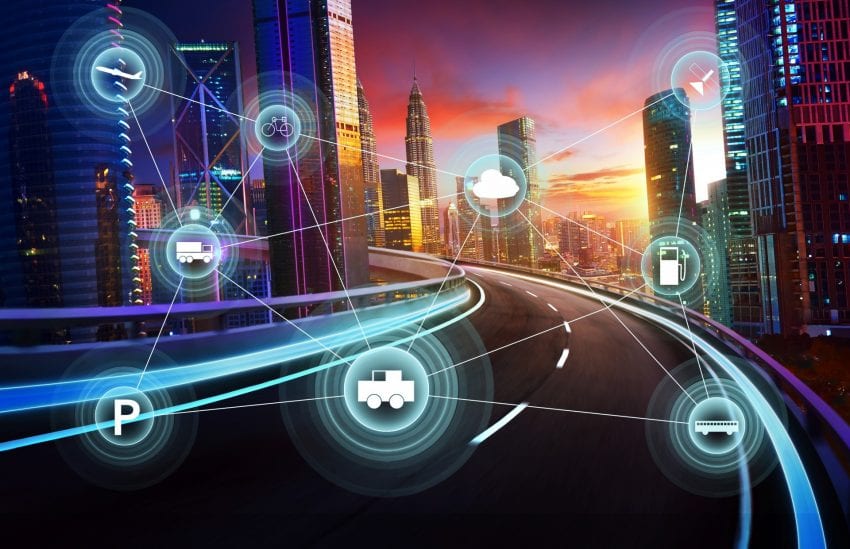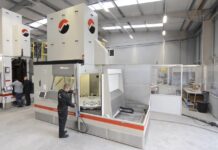Smart cities have been putting infrastructure, technology and sustainability pieces in for some time. Defining when a city transforms into a smart city has remained somewhat elusive. The United Nations did make an attempt with its Sustainable Development goals to clarify what smart cities are. The UN devised some indicators by analyzing city profiles so that other communities can use it as a baseline to move in that direction. It involves having a reduced carbon footprint, continuous improvement of the environment within the city, enhanced quality of life for residents and establishing private-public partnerships. Transportation as in use of smart roads remains one of the key indicators of enhancing the lives of residents that defines an intelligent city.
Smart Cities
Smart cities at the foundational level collect data. Collecting data does not make a city smart. Evaluating data does and finding out what it means. Data tells companies and leaders what residents do, how much energy it takes, how the climate affects it and highlights benefits and issues. So, data platforms have become critical to transferring information to areas where smart applications can become created. Data has value for decisions, but it also has value in monetary ways. Use of smart roads has become identified as a valuable way to make the most effective use of a city’s resources and possibly make money.

Infrastructure in cities now needs to be much more than concrete or steel. Modern cities need a management platform that allows third-party device use with the Internet of things (loT), with loT gateways, with loT sensors while maintaining privacy and offering storage of data. At some point, data formatting must occur to ready it for industries or government needs as well as analytics to discern key indicators of what the data means. Then the data becomes shared regionally, statewide and then Federally. Identifying data relevant to creating value has become a new guideline as well as identifying at what level data becomes valuable in the system.
Smart Roads
Living in urban areas a resident in one day sees the need for parking management, knowing traffic and road conditions. Data becomes enhanced to improve the flow of traffic or to alert drivers to parking. Enhanced data in a city refers to the mobile network in place for communication, geospatial data from satellites and the sensors for urban transportation to improve travel efficiency. It includes sensors that detect problem areas and gives a predictive analysis of where first responders and local officials need to locate during a disaster. As Smart City Council reminds us digital infrastructure has to make city services immediate, convenient and manageable. Use of smart roads could save money and lives.

Smart road technology has not matured but has entered the marvelous stage of what if? Many companies invest in pieces of technology just to pilot programs to see the possibilities. Government entities have given grants for specific aspects of it. Different cities and states have experimented with sensors, paint and technology for their particular needs. The media has been regularly highlighting company and city programs leading to establishing smart city infrastructure.
Kansas City
Integrated Roadways replaced asphalt paving with a set of factory-made slabs. For them the use of smart roads became slabs imbued with sensors, processors, fiber optic meshes and antennae. The system can detect vehicles moving across it in real time. Routers moved the information to a Linear Data Center near the highway. The company anticipated the use of the 5G network and the self-drive car proposals so its system can plug into those infrastructures when installed. Smart city technologies do that. They consider the other pieces that could come. Present thoughts think in terms of areas with hotspots where accidents occur the most often offering sites to strategically place the slabs. It should help first responders get to accident victims quicker.
Brabant, Netherlands
Studio RooseGaarde created glow in the dark paint and dynamic paint. Dynamic paint on a road surface, when read by a sensor in a vehicle, will show if the temperature is hot enough or cold enough to cause an issue such as a patch of ice. Glow in the dark paint shines without the use of light at night distinctly marking the road. Several Netherland highways in 2014 were painted as a pilot program.
Blacksburg, Virginia
The USA 2010 Census alerted the nation to a significant shift in demographics that will have an impact economically and socially. By 2050, 20.9 percent of the population will be 65 plus. Transportation if not public will have to have a self-driving component so seniors can age in place. Automated vehicles also could become a staple of smart cities where heavy traffic areas could become managed more efficiently and safely. In the USA almost two-thirds of the roads happen in rural areas. It put a Smart Road in a rural area to pilot self-driving vehicles. The principal of self-driving has been a topic in smart cities for some time. The thought consensus became lives could become saved if our tendency for human error while driving could become minimized. The elderly population increasing having self-drive cars may save us all much pain and worry.
Considerations

Universities, companies and the government have plans and proposals. Exploration continues as the order of the day and no firm commitment has been given on any one plan yet. Many city leaders continue to explore the options on how to improve efficiency, safety and effectiveness of the infrastructure of now. Just like in the 1960s when the USA decided to go to the moon not having all the necessary technology did not stop the process and the USA did it just on sheer will power and desire to do so. When the Internet went public in the 1990s and flourished the USA just decided it liked having information at its fingertips despite the glitches. Now the USA has decided it will have smart cities with smart roads and everywhere some company or some leaders make it so in their part of the world. All because of a central core value that it is the right thing to do.









